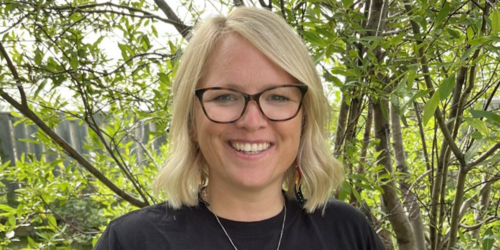Estimating how many people in Canada inject drugs
November 17, 2025 • By Public Health Agency of CanadaPeople who inject drugs that are not prescribed to them often experience complex health challenges and have a difficult time accessing healthcare. To make sure we can provide the services and resources that better support this community, we first need to know how big the community is and where they live. That’s why the Public Health Agency of Canada has created the report, Estimating the population size of people who inject drugs in Canada, which estimates, in 2021: The process for creating these estimates involved several steps, so let’s review them in greater detail. How we estimate the number of...






